Saturday, 21 January 2012
apache
 theidea of this was to try and convert a crap pvc chinky figure into an apache wearing pieces of mexican and us cavalry uniform, didn't work out well but ok
theidea of this was to try and convert a crap pvc chinky figure into an apache wearing pieces of mexican and us cavalry uniform, didn't work out well but okFriday, 20 January 2012
8th army
The Eighth Army was one of the best-known formations of the British Army during World War II, fighting in the North African and Italian campaigns.
It was a British formation, always commanded by British officers, however its personnel came from throughout the British Empire and Commonwealth;
Significant formations which passed through the Army included: V Corps, X Corps, XIII Corps, XXX Corps, I Canadian Corps, Polish II Corps
In its early days, Eighth Army had seen many tribulations. However, since the Second Battle of El Alamein, the worst that could be said of its operations was that they degenerated into temporary stalemates. Its advance from El Alamein to
 Tunisia was one of the greatest military logistical feats of all time, and it had distinguished itself fighting under difficult conditions during the campaign in Italy. It ended its days by being redesignated British Forces in Austria; controlling the British forces occupying part of that country.
Tunisia was one of the greatest military logistical feats of all time, and it had distinguished itself fighting under difficult conditions during the campaign in Italy. It ended its days by being redesignated British Forces in Austria; controlling the British forces occupying part of that country.Monday, 16 January 2012
Madame Royale was a style customarily used for the eldest living unmarried daughter of a reigning French monarch.
It was similar to the style Monsieur, which was typically used by the King's second son. Just as Gaston, duc d'Orléans (1608–1660), the second son of King Henry IV of France (1553–1610), was known as Monsieur, Princess Elisabeth
(1608–1660), the second son of King Henry IV of France (1553–1610), was known as Monsieur, Princess Elisabeth (1602–1644), the eldest daughter of Henry, was known before her marriage to King Philip IV
(1602–1644), the eldest daughter of Henry, was known before her marriage to King Philip IV  of Spain (1605–1665) as Madame Royale. After her death, the title was borne by her younger sister, Princess Christine (1606–1663),
of Spain (1605–1665) as Madame Royale. After her death, the title was borne by her younger sister, Princess Christine (1606–1663),  who was married to Victor Amadeus I, Duke of Savoy (1587–1637).
who was married to Victor Amadeus I, Duke of Savoy (1587–1637).
The most famous holder of this honorific was King Louis XVI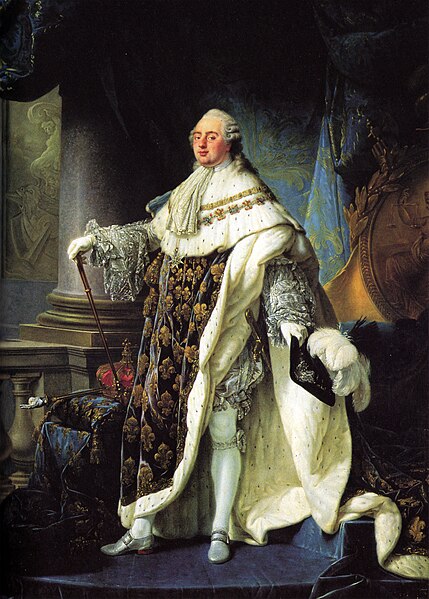 of France's eldest daughter, Princess Marie-Thérèse-Charlotte
of France's eldest daughter, Princess Marie-Thérèse-Charlotte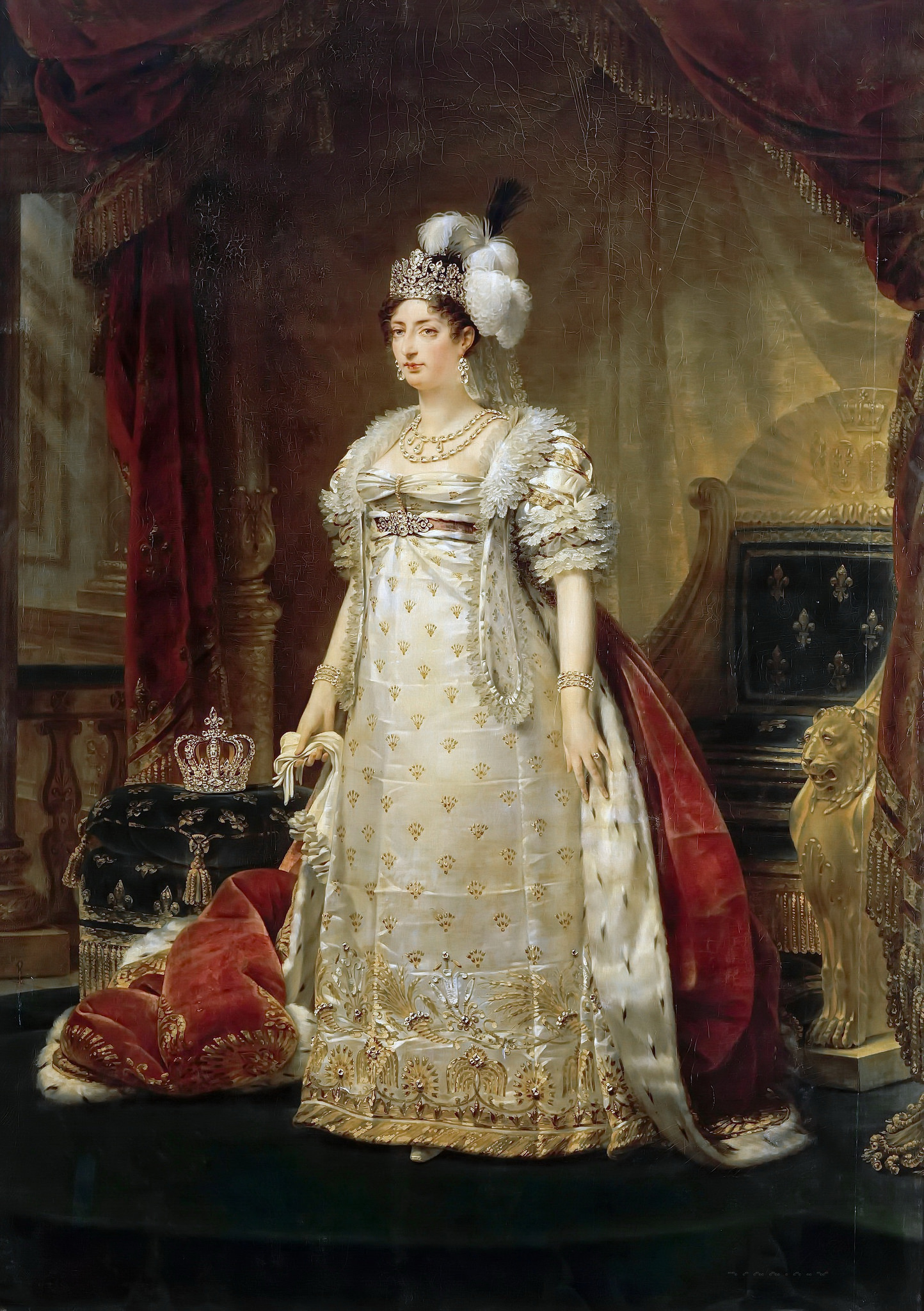 (1778–1851), the only one of his immediate family to survive the French Revolution. She later married her cousin, Louis-Antoine, duc d'Angoulême (1775–1844), and played a prominent role during the Bourbon Restoration.
(1778–1851), the only one of his immediate family to survive the French Revolution. She later married her cousin, Louis-Antoine, duc d'Angoulême (1775–1844), and played a prominent role during the Bourbon Restoration.
The style Madame Royale was not regulated by any other code than that of etiquette. Its very simplicity, however, was considered more desirable than being known more formally as Son Altesse Royale ("Your Royal Highness") in conversation.
The style was customarily held until the death of the royal parent or until the princess married.
The equivalent style in Great Britain is Princess Royal. This title came into existence when Queen Henrietta Maria (1609–1669)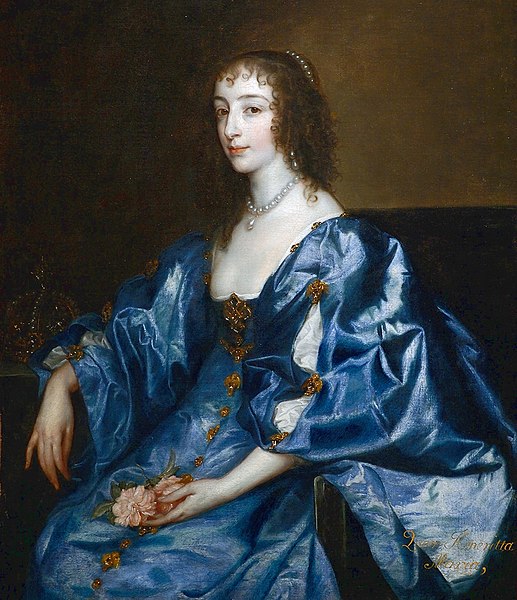 , another daughter of King Henry IV of France
, another daughter of King Henry IV of France , and the wife of King Charles I of England (1600–1649), wanted to imitate in the Kingdom of England the way in which the eldest daughter of the sovereign in France was styled Madame Royale.
, and the wife of King Charles I of England (1600–1649), wanted to imitate in the Kingdom of England the way in which the eldest daughter of the sovereign in France was styled Madame Royale.
In Savoy, Henrietta Maria's older sister, Christine Marie, became known as Madama Reale in reference to her French manner of address. Her daughter-in-law, Marie Jeanne of Savoy,
became known as Madama Reale in reference to her French manner of address. Her daughter-in-law, Marie Jeanne of Savoy,  when she became regent of Savoy after the early death of her husband, called herself Madama Reale, after her mother-in-law, who had also been a regent of Savoy. This was despite the fact that Marie Jeanne's father was not a king.
when she became regent of Savoy after the early death of her husband, called herself Madama Reale, after her mother-in-law, who had also been a regent of Savoy. This was despite the fact that Marie Jeanne's father was not a king.
It was similar to the style Monsieur, which was typically used by the King's second son. Just as Gaston, duc d'Orléans
 (1608–1660), the second son of King Henry IV of France (1553–1610), was known as Monsieur, Princess Elisabeth
(1608–1660), the second son of King Henry IV of France (1553–1610), was known as Monsieur, Princess Elisabeth (1602–1644), the eldest daughter of Henry, was known before her marriage to King Philip IV
(1602–1644), the eldest daughter of Henry, was known before her marriage to King Philip IV  of Spain (1605–1665) as Madame Royale. After her death, the title was borne by her younger sister, Princess Christine (1606–1663),
of Spain (1605–1665) as Madame Royale. After her death, the title was borne by her younger sister, Princess Christine (1606–1663),  who was married to Victor Amadeus I, Duke of Savoy (1587–1637).
who was married to Victor Amadeus I, Duke of Savoy (1587–1637).
The most famous holder of this honorific was King Louis XVI
 of France's eldest daughter, Princess Marie-Thérèse-Charlotte
of France's eldest daughter, Princess Marie-Thérèse-Charlotte (1778–1851), the only one of his immediate family to survive the French Revolution. She later married her cousin, Louis-Antoine, duc d'Angoulême (1775–1844), and played a prominent role during the Bourbon Restoration.
(1778–1851), the only one of his immediate family to survive the French Revolution. She later married her cousin, Louis-Antoine, duc d'Angoulême (1775–1844), and played a prominent role during the Bourbon Restoration.
The style Madame Royale was not regulated by any other code than that of etiquette. Its very simplicity, however, was considered more desirable than being known more formally as Son Altesse Royale ("Your Royal Highness") in conversation.
The style was customarily held until the death of the royal parent or until the princess married.
The equivalent style in Great Britain is Princess Royal. This title came into existence when Queen Henrietta Maria (1609–1669)
 , another daughter of King Henry IV of France
, another daughter of King Henry IV of France , and the wife of King Charles I of England (1600–1649), wanted to imitate in the Kingdom of England the way in which the eldest daughter of the sovereign in France was styled Madame Royale.
, and the wife of King Charles I of England (1600–1649), wanted to imitate in the Kingdom of England the way in which the eldest daughter of the sovereign in France was styled Madame Royale.In Savoy, Henrietta Maria's older sister, Christine Marie,
 became known as Madama Reale in reference to her French manner of address. Her daughter-in-law, Marie Jeanne of Savoy,
became known as Madama Reale in reference to her French manner of address. Her daughter-in-law, Marie Jeanne of Savoy,  when she became regent of Savoy after the early death of her husband, called herself Madama Reale, after her mother-in-law, who had also been a regent of Savoy. This was despite the fact that Marie Jeanne's father was not a king.
when she became regent of Savoy after the early death of her husband, called herself Madama Reale, after her mother-in-law, who had also been a regent of Savoy. This was despite the fact that Marie Jeanne's father was not a king.Sunday, 15 January 2012
the 2nd invasion of russia against the workers
 The North Russia Intervention, also known as the Northern Russian Expedition, was part of the Allied Intervention in
The North Russia Intervention, also known as the Northern Russian Expedition, was part of the Allied Intervention in  Russiaafter the October Revolution. The intervention brought about the involvement of foreign troops in the Russian Civil War on the side of the White movement. The northern campaign lasted from the final months of World War I in 1918 through to 1919
Russiaafter the October Revolution. The intervention brought about the involvement of foreign troops in the Russian Civil War on the side of the White movement. The northern campaign lasted from the final months of World War I in 1918 through to 1919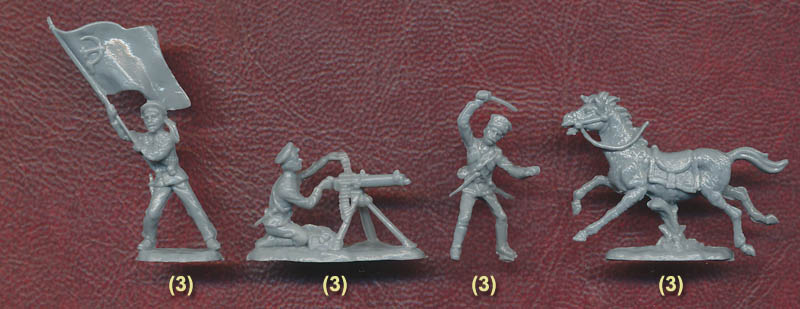
50,000 Czechoslovaks (along the Trans-Siberian railway  28,000 Japanese, later increased to 70,000 (in the Vladivostok region and north)
28,000 Japanese, later increased to 70,000 (in the Vladivostok region and north)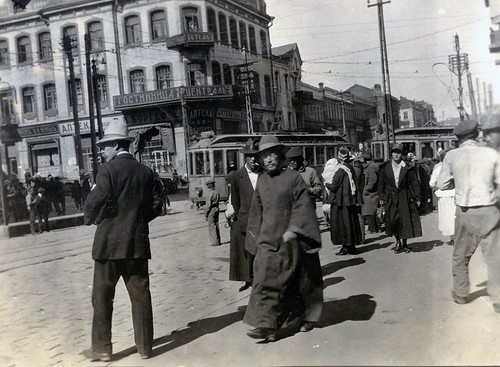 24,000 Greeks (in the Crimea)40,000 British (in the Arkhangelsk and Vladivostok regions)
24,000 Greeks (in the Crimea)40,000 British (in the Arkhangelsk and Vladivostok regions)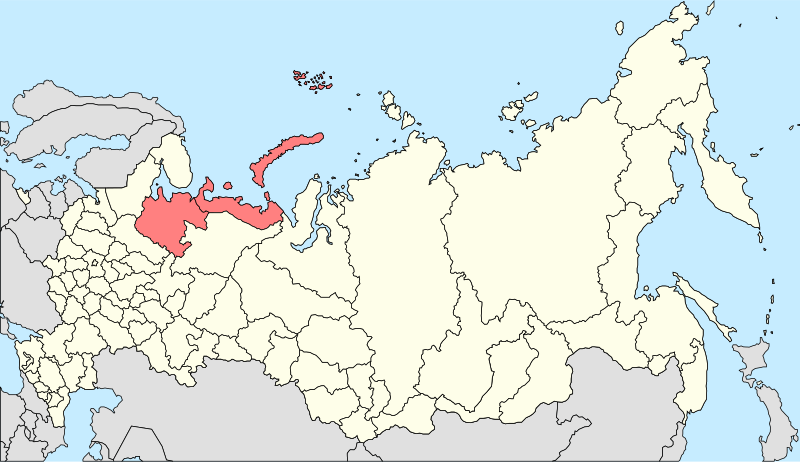 17,000 Poles - mostly 5th Rifle Division
17,000 Poles - mostly 5th Rifle Division (almost 12,000 men) in Siberia and 4th Rifle Division
(almost 12,000 men) in Siberia and 4th Rifle Division  (ca. 4000 men) in "Southern Russia", also a single 400-men-strong battalion in Murmansk within the Anglo-Slavic Legion13,000 Americans (in the Arkhangelsk and Vladivostok regions)12,000 French and French colonial (mostly in the Arkhangelsk and Odessa regions)4,192
(ca. 4000 men) in "Southern Russia", also a single 400-men-strong battalion in Murmansk within the Anglo-Slavic Legion13,000 Americans (in the Arkhangelsk and Vladivostok regions)12,000 French and French colonial (mostly in the Arkhangelsk and Odessa regions)4,192  Canadians (in the Vladivostok region1,100 Canadians (in the Murmansk and Arkhangelsk regions41 Canadians (in the Baku Region)4,000 Serbs (in the Arkhangelsk region)4,000 Romanians (in the Arkhangelsk region)2,500
Canadians (in the Vladivostok region1,100 Canadians (in the Murmansk and Arkhangelsk regions41 Canadians (in the Baku Region)4,000 Serbs (in the Arkhangelsk region)4,000 Romanians (in the Arkhangelsk region)2,500  Italians (in the Arkhangelsk region and Siberia)2,000 Chinese (in the Vladivostok region)150 Australians (mostly in the Arkhangelsk regions)
Italians (in the Arkhangelsk region and Siberia)2,000 Chinese (in the Vladivostok region)150 Australians (mostly in the Arkhangelsk regions)
 28,000 Japanese, later increased to 70,000 (in the Vladivostok region and north)
28,000 Japanese, later increased to 70,000 (in the Vladivostok region and north) 24,000 Greeks (in the Crimea)40,000 British (in the Arkhangelsk and Vladivostok regions)
24,000 Greeks (in the Crimea)40,000 British (in the Arkhangelsk and Vladivostok regions) 17,000 Poles - mostly 5th Rifle Division
17,000 Poles - mostly 5th Rifle Division (almost 12,000 men) in Siberia and 4th Rifle Division
(almost 12,000 men) in Siberia and 4th Rifle Division  (ca. 4000 men) in "Southern Russia", also a single 400-men-strong battalion in Murmansk within the Anglo-Slavic Legion13,000 Americans (in the Arkhangelsk and Vladivostok regions)12,000 French and French colonial (mostly in the Arkhangelsk and Odessa regions)4,192
(ca. 4000 men) in "Southern Russia", also a single 400-men-strong battalion in Murmansk within the Anglo-Slavic Legion13,000 Americans (in the Arkhangelsk and Vladivostok regions)12,000 French and French colonial (mostly in the Arkhangelsk and Odessa regions)4,192  Canadians (in the Vladivostok region1,100 Canadians (in the Murmansk and Arkhangelsk regions41 Canadians (in the Baku Region)4,000 Serbs (in the Arkhangelsk region)4,000 Romanians (in the Arkhangelsk region)2,500
Canadians (in the Vladivostok region1,100 Canadians (in the Murmansk and Arkhangelsk regions41 Canadians (in the Baku Region)4,000 Serbs (in the Arkhangelsk region)4,000 Romanians (in the Arkhangelsk region)2,500  Italians (in the Arkhangelsk region and Siberia)2,000 Chinese (in the Vladivostok region)150 Australians (mostly in the Arkhangelsk regions)
Italians (in the Arkhangelsk region and Siberia)2,000 Chinese (in the Vladivostok region)150 Australians (mostly in the Arkhangelsk regions)
Subscribe to:
Comments (Atom)



















